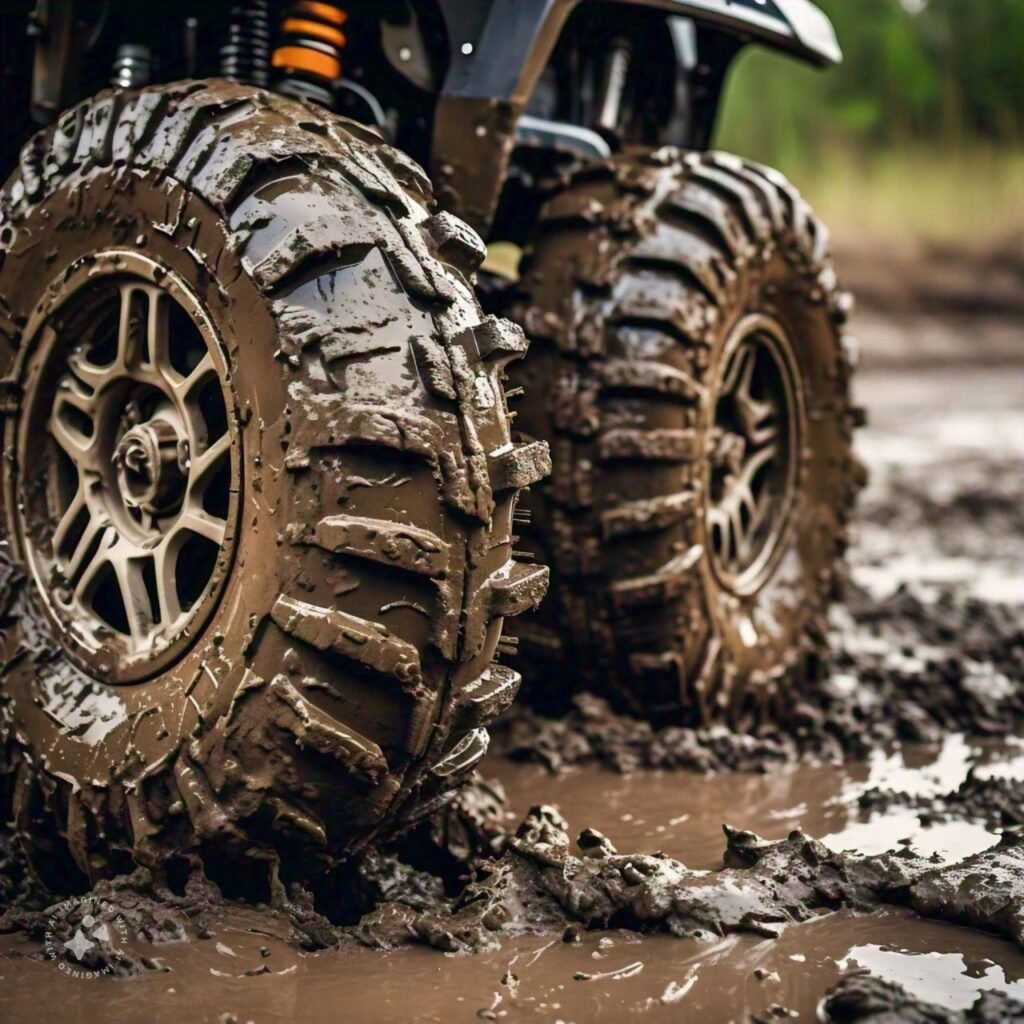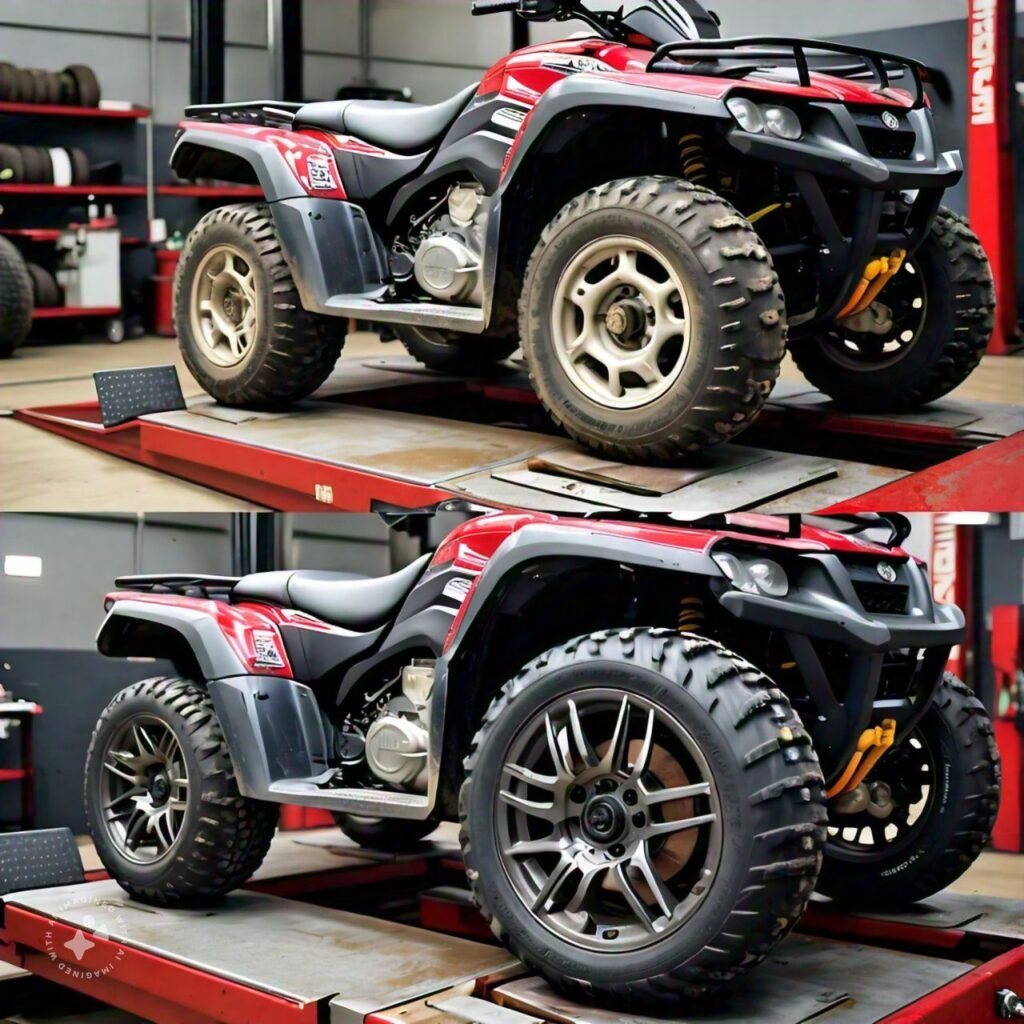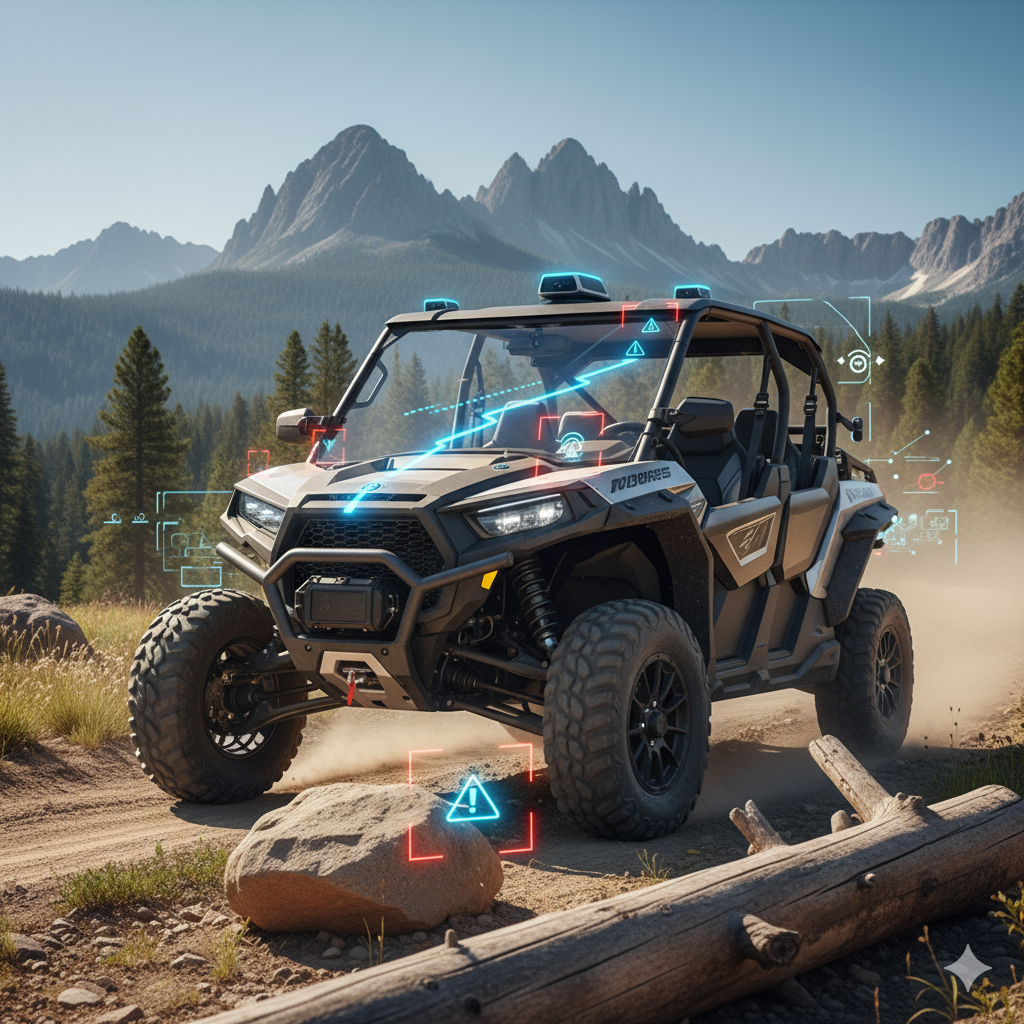Aligning the front wheels of your ATV is an essential maintenance task that ensures optimal performance and safety.
When the front wheels are properly aligned, you’ll experience better handling, improved tire wear, and a smoother ride.
While it may seem like a daunting task, aligning your ATV’s front wheels can be done easily with the right tools and knowledge.
In this article, we will guide you through some easy ways to align your ATV’s front wheels.
1. Visual Inspection
The first step in aligning your ATV’s front wheels is to visually inspect them.
Look for any signs of misalignment, such as uneven tire wear or the wheels pointing in different directions.
If you notice any issues, it’s a clear indication that your front wheels need alignment.

Additionally, check for any loose or damaged components, such as tie rods or ball joints, as these can also contribute to misalignment.
If you find any damaged parts, it’s important to replace them before proceeding with the alignment process.
2. Toe Alignment
Toe alignment refers to the angle at which the front wheels point in relation to each other when viewed from above.
There are two types of toe alignment: toe-in and toe-out.
To check the toe alignment of your ATV’s front wheels, follow these steps:
- Place the ATV on a level surface and make sure the tires are properly inflated.
- Measure the distance between the front and rear edges of the tires at the midpoint of the tires’ height.
- Repeat the measurement at the front edges of the tires.
- If the distance at the front edges is smaller than the distance at the rear edges, your ATV has toe-in alignment. If the front distance is larger, your ATV has toe-out alignment.
To adjust the toe alignment, you will need to adjust the tie rods.
Loosen the lock nuts on the tie rods and rotate the rods to achieve the desired toe alignment.
Once you’ve made the adjustments, tighten the lock nuts to secure the tie rods in place.
3. Camber Alignment
Camber alignment refers to the angle at which the front wheels tilt in relation to the vertical axis when viewed from the front or rear of the ATV.
Proper camber alignment ensures even tire wear and stability.
To check the camber alignment of your ATV’s front wheels, follow these steps:
- Place the ATV on a level surface and make sure the tires are properly inflated.
- Using a level or a straight edge, measure the distance between the top of the tires and the ground at the midpoint of the tires’ height.
- Repeat the measurement at the bottom of the tires.
- If the distance at the top is larger than the distance at the bottom, your ATV has positive camber. If the top distance is smaller, your ATV has negative camber.
To adjust the camber alignment, you will need to adjust the camber bolts or plates.
Loosen the bolts or plates and rotate them to achieve the desired camber alignment.
Once you’ve made the adjustments, tighten the bolts or plates to secure them in place.
4. Seek Professional Help
If you’re not confident in aligning your ATV’s front wheels yourself or if you don’t have the necessary tools, it’s always best to seek professional help.
An experienced ATV mechanic will have the expertise and equipment to ensure your front wheels are aligned correctly.
Professional alignment services may cost you some money, but it’s a worthwhile investment considering the benefits of having properly aligned front wheels.
Plus, you’ll have peace of mind knowing that the job has been done correctly.
Conclusion
Aligning your ATV’s front wheels doesn’t have to be a complicated task.
With the right knowledge and tools, you can easily align the front wheels yourself and enjoy the benefits of improved performance and safety.
Remember to visually inspect your front wheels for any signs of misalignment before starting the alignment process.
Pay attention to the toe alignment and camber alignment, making the necessary adjustments to achieve the desired alignment.
If you’re unsure or don’t have the tools, it’s always best to seek professional help.
Happy riding!




